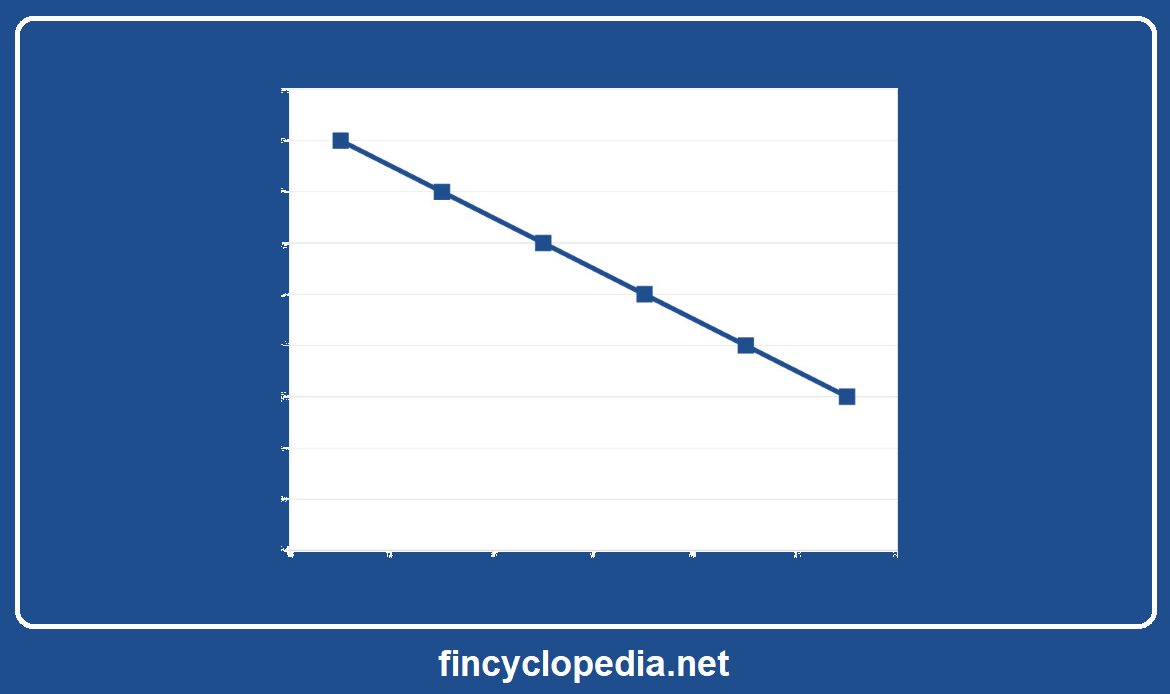An account that is used by an entity to record certain financial items (e.g., gains or losses) that have been recognized, but not realized, in a given account. For example, an insurance firm may change its policies to better reflect a recognized, but unrealized, gain or loss on an insurance asset on the measurement of insurance liabilities or related deferred acquisition costs (DAC). Any adjustments to such items are recognized in other comprehensive income (OCI), if and only if, any unrealized gains or losses are recognized in OCI.
A shadow account is part of a second set of account books maintained by an entity for specific purposes. A shadow accounting system consists of a separate record/ account of transactions, maintained independently of the primary bookkeeping process, for purposes such as identification of mistakes and inconsistencies, tracking of performance, etc. A shadow accounting system is usually operated at a local level, independent of the centralized system of record.
In relation to loans/ debts, shadow accounting may be applied as to any sort of troubled debts in order to make recovery more likely. It provides for ease of tracking and transparency for what a borrower owes on the debt (as interest is not calculated on the lender’s accounting books). Reconciliation of the lender-borrower accounts can be difficult and error prone. As a fix, shadow accounting is based on charging-off an account and creation of two sibling accounts- one for the “charged-off” balances where no interest is calculated and a second “shadow” account. This shadow account, not missing a slightest detail, features all the same balances, continues to accrue interest, develop statements, etc., as if the loan was never charged-off.
In it specific meaning, a shadow account may relate to sales compensation, where an entity maintains a separate and unofficial record-keeping system to track and estimate compensation (commissions or bonuses) for salespeople. This is done to reconcile any discrepancies that may arise between the official system and salespeople’s expectations. However, it may also involve attempts, by means of a shadow account or a set of shadow accounts, to manipulate or exaggerate sales results to maximize compensation.



